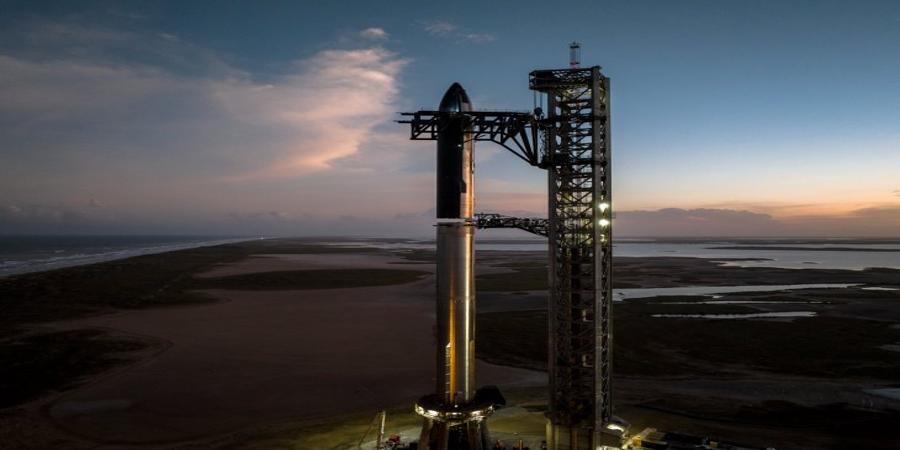SpaceX is on the verge of a landmark test of the Starship launch system, president and chief operating officer Gwynne Shotwell said Wednesday. Tomorrow, the company will perform a full “static fire” test, during which SpaceX will ignite all 33 Raptor 2 engines on the Super Heavy booster at once. If no major issues arise from the test, SpaceX could attempt the first orbital launch of Starship within the next month.
The news comes just a little over two weeks after Starship’s wet dress rehearsal. The wet dress refers to a critical series of prelaunch tests that included loading both the upper stage and booster with propellant and running through countdown to around T-10 seconds. The static fire test is the last major milestone the company needs to hit before Starship can fly — well, that and a launch license from the U.S. Federal Aviation Administration, which has yet to be awarded.
According to SpaceX’s founder and CEO Elon Musk, and echoed in Shotwell’s comments today, the orbital flight test will be just the beginning. Musk is well known for his ambitions to extend human civilization through the Solar System, and Shotwell tentatively predicted that the company could land people on Mars around 2030. But, she said, the company would potentially need to conduct hundreds of Starship flights before it carries people to orbit.
That’s a tall order, given that SpaceX is contracted to land humans on the moon using a modified Starship landing system at some point before the decade is out. NASA later expanded that contract, valued at $2.9 billion, by $1.15 billion for a second crewed Starship mission. Both missions are part of the agency’s Artemis program. Private customers, including Japanese billionaire Yusaku Maezawa, have also booked Starship flights.
SpaceX’s ultimate goal is to build a Starship rocket every day — an ambition that is built in to its design, she said.
Shotwell’s comments came during a fireside chat at the Federal Aviation Administration Commercial Space Transportation conference. She also discussed SpaceX’s Starlink internet broadband business, which made the news last year for its role in supporting Ukrainian troops during that country’s war with Russia. Whatever key role Starlink may have played, however, Shotwell said that the service was not intended to be used as a weapon. The service is still a critical part of Ukraine’s war effort; at the end of January, Musk said Starlink “has become the connectivity backbone of Ukraine all the way up to the front lines.”
Source @TechCrunch



